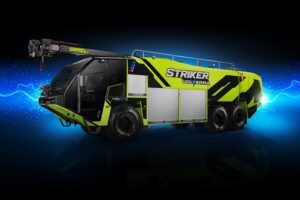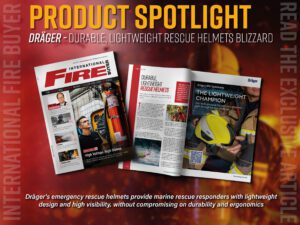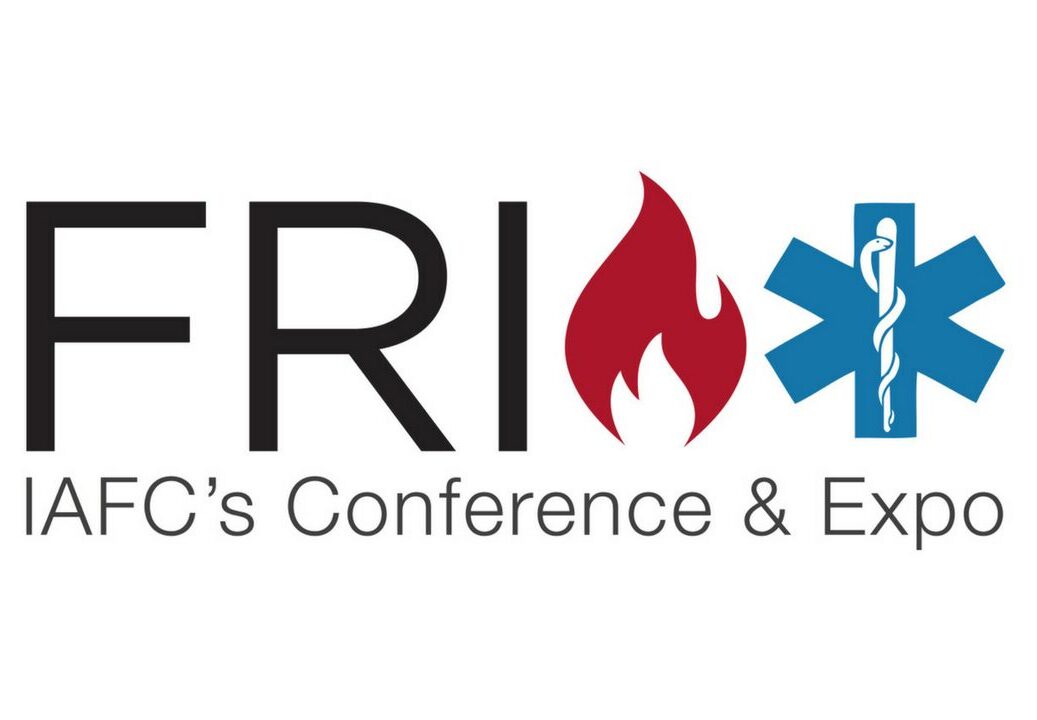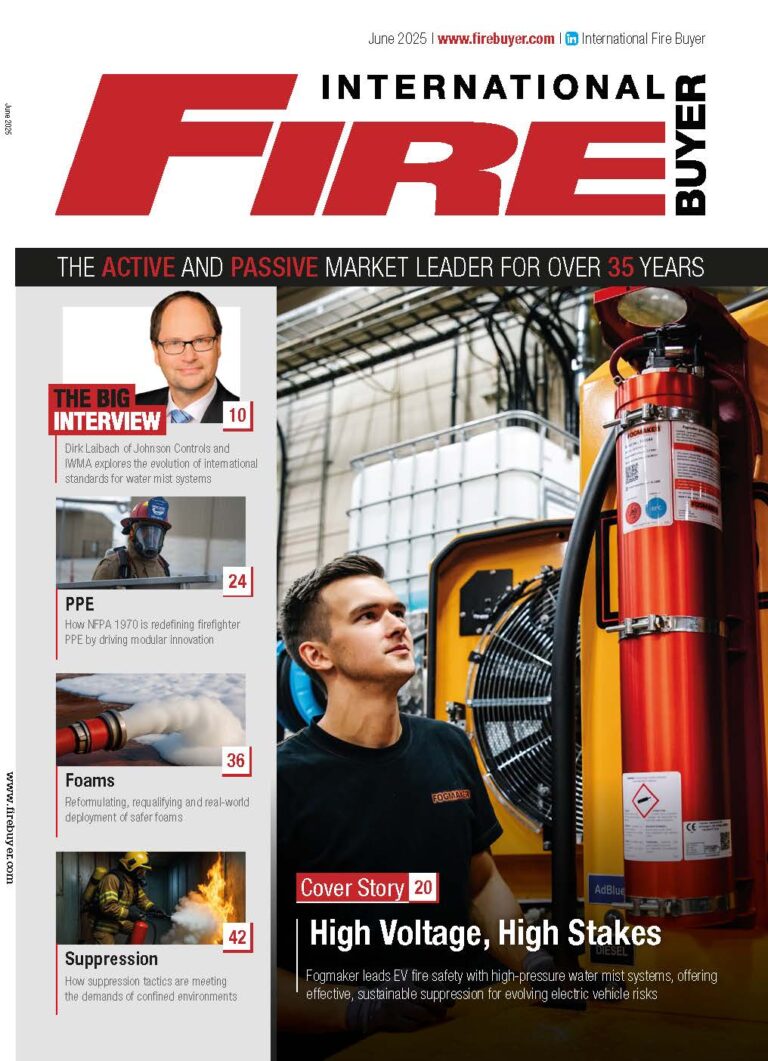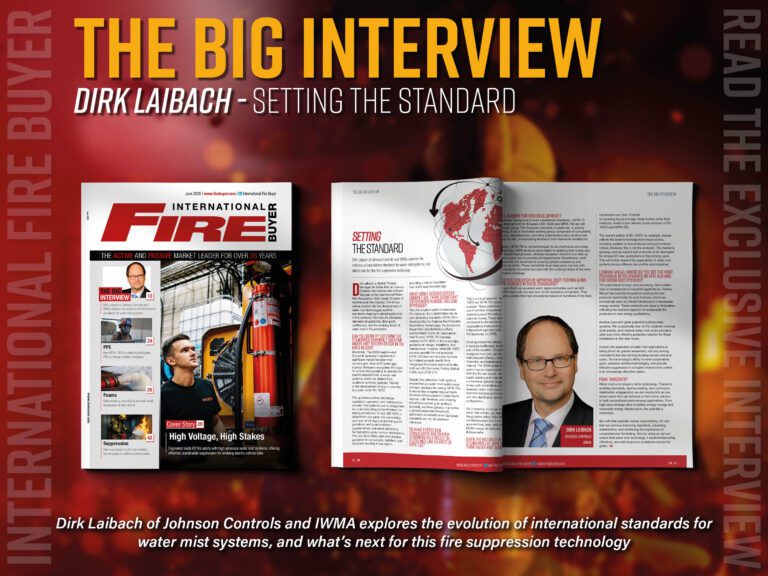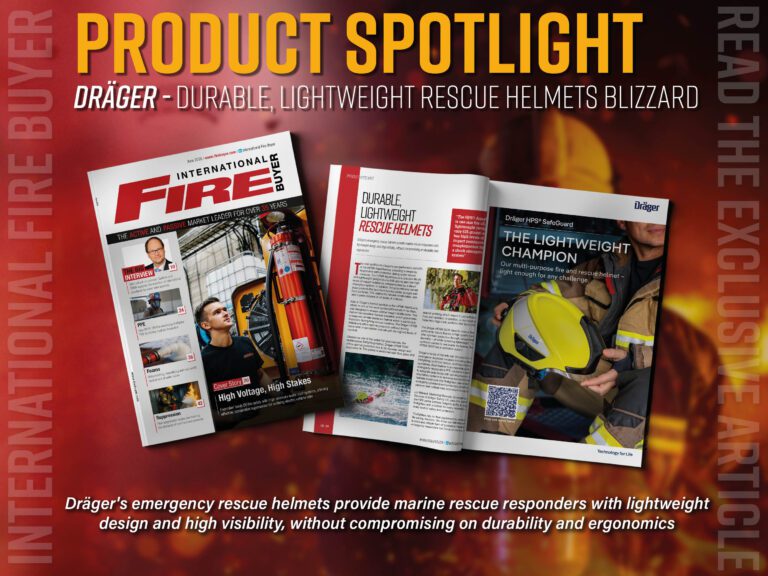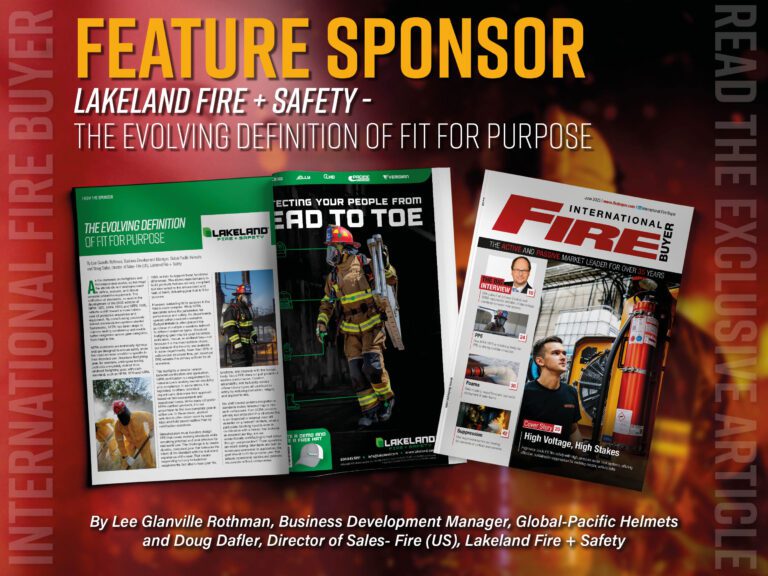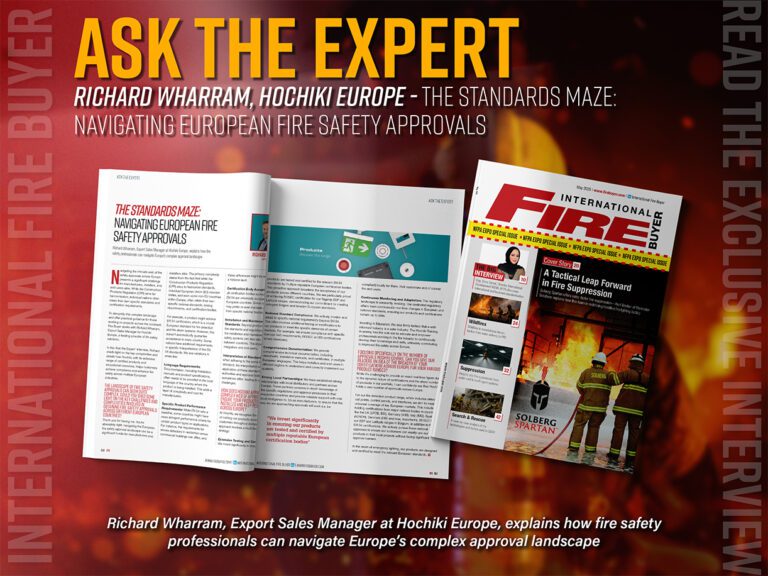Thomas Dexmier, AVP of Business Development and Enterprise Solutions in EMEA for HTC VIVE speaks all things immersive training for firefighters and the future of technology
During Fire Buyer Live virtual event, that took place in October 2023, Managing Editor Rebecca Spayne caught up with Thomas Dexmier, AVP of Business Development and Enterprise Solutions in EMEA for HTC VIVE, an XR technology expert for firefighter training. XR technology allows for a hybrid form of training tailored specifically for firefighters integrating real life product equipment training and familiarisation with virtual reality scenarios. This offers a vast multitude of different scenarios and environments that firefighters could encounter in the firefighter role.
In today’s world, firefighters are forced to experience training in all different forms of scenarios such as structural, vehicle, highrise, wildfire etc due to the nature of our changing urban landscape and climate change. Fire services around the world are now looking for new technologies that can help expand the training offered to equip their recruits with the best skills and experience possible.
Could you please introduce yourself?
My name is Thomas Dexmier, and I’m AVP of Business Development and Enterprise Solutions in EMEA for HTC VIVE. It’s an absolute pleasure to have the opportunity to share some of our insights with you about how immersive technologies can help unlock safer and more effective training in hazardous fire and emergency scenarios while also reducing costs and carbon emissions. I’m very excited to explore with you how new technology is creating smarter, more engaging, and more impactful training experiences for firefighters and emergency rescue professionals.
Could you provide some insight into the benefits of XR in firefighter training?
One of the most powerful benefits of virtual reality is the ability to break free from the limitations of the physical world and engage in more experiential and interactive environments, significantly improving learning outcomes. Insights developed by the National Training Laboratories reveal that learning through simulation, using technologies like VR, can enhance retention rates by up to 75%. This retention rate is substantially higher than that of individuals who learn through reading, which stands at a mere 10%, or lecture-style learning, which is even lower at just 5%.
When it comes to teaching specialised, hands-on skills for dealing with hazardous environments, such as instructing firefighters on equipment operation, it’s essential to focus on practical application rather than theory. This approach is commonly known as kinesthetic learning or “learning by doing.” In the realm of firefighting, every fire situation carries inherent risks, even within controlled scenarios. Trainees typically have limited opportunities to practice tackling fires in a physical setting.
The beauty of XR-based training lies in its ability to leverage virtual training environments. Trainees can practice their skills as many times as needed, from any location, eliminating the necessity to travel to controlled burn sites. They can engage in training exercises in the convenience of any space available to them, resulting in better preparation for physical training days. This flexibility and accessibility make XR-based training a game-changer for preparing firefighters for real-world challenges.
It’s great to see that new emerging technologies like XR are making training more efficient and accessible internationally. We’ve heard the theory, but are there any practical examples of XR making a difference in lifesaving situations?
Yeah, absolutely. The one that would come to mind is any situation that requires CPR patient resuscitation is a very meticulous process and doing it in a virtual world with a real mannequin in a noisy environment with virtual bystanders is giving you real life conditions that are far more stressful than the training office where you’ve learned the gestures at your own pace. So once you’ve done it a few times in a few different virtual environments, you are much more likely to be in the zone and get things done well when the real situation does occur.
How can trainers or fire departments decide if XR training is for them?
Well, the beauty here is that pretty much every scenario you can think about can be rendered in XR. There’s different ways of doing it. You can go from low touch stereoscopic 360 content all the way through to CGI 3D rendered and simulated environments. So it comes down to working with the right solution provider and by solution, I mean the best possible association of hardware enterprise platforms and content. And at HTC VIVE, we continuously invest in our R&D to deliver new ways of embarking your external tools and various props into your virtual environment to continuously enhance the quality of your immersive learning.
You mentioned the different scenarios available. Are fire departments limited to a certain number of scenarios or are they customisable, for example?
No, the sky is the limit. I think if you talk to the right solution providers, again, there’s no reason why you should be constrained to a set number of scenarios. I’ve seen people develop a number of solutions for fires on a cruise ship, for the Navy on a helicopter. And again, it comes down to being very specific in terms of what you need and what you require. The professionals that create your content can deliver as many as you want. I think the FLAIM’s catalogue of content has up to 60 different scenarios for example.
To read more articles, see our last issue here.
Never miss a story… Follow us on:
International Fire Buyer
@Firebuyer
Fire Buyer
Media Contact
Rebecca Spayne Managing Editor, International Fire Buyer
Tel: +44 (0) 1622 823 920
Email: [email protected]




